Rome tours
We drove from Tuscany to Rome, about 270 km or 170 miles, and arrived in our Airbnb near the Vatican City in the afternoon. As our stay in Rome is brief, we have to carefully select our Rome tours. I defer to GJ to decide as it’s his first visit whereas I have done most Rome tours already. The Colosseum seems to be the natural choice as it’s the main symbol of Rome, with almost 2000 years of history. We immediately book a skip the line Rome tour through Viator.
The Colosseum
The construction of the Colosseum was completed in the year 80 during the emperor Titus’ rule.
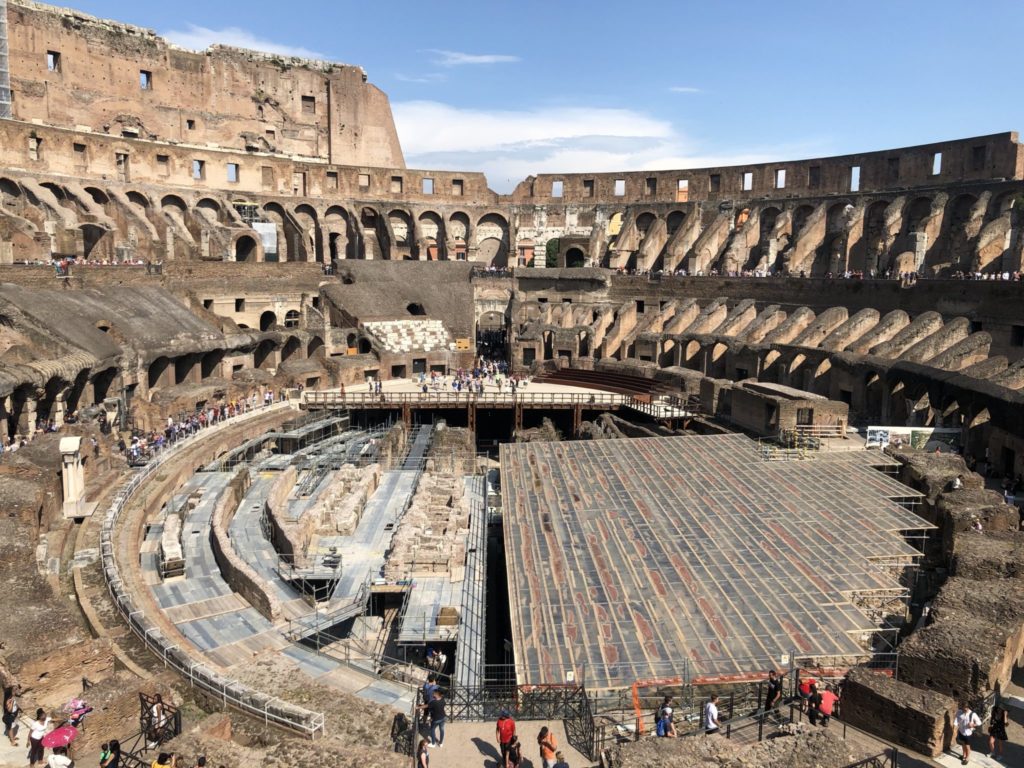
The Colosseum in Ancient Times
During the Roman Empire, the Colosseum used to welcome over 50,000 spectators to enjoy its finest spectacles and remained active for over 500 years.
Since the 6th century the Colosseum has suffered lootings, earthquakes and bombings during WWII and has gone through many lives as a storehouse, church, cemetery and even a castle for nobility.
The Colosseum in the present day
The Colosseum became the greatest Roman amphitheatre, measuring 57 meters in height and 188 meters in length .
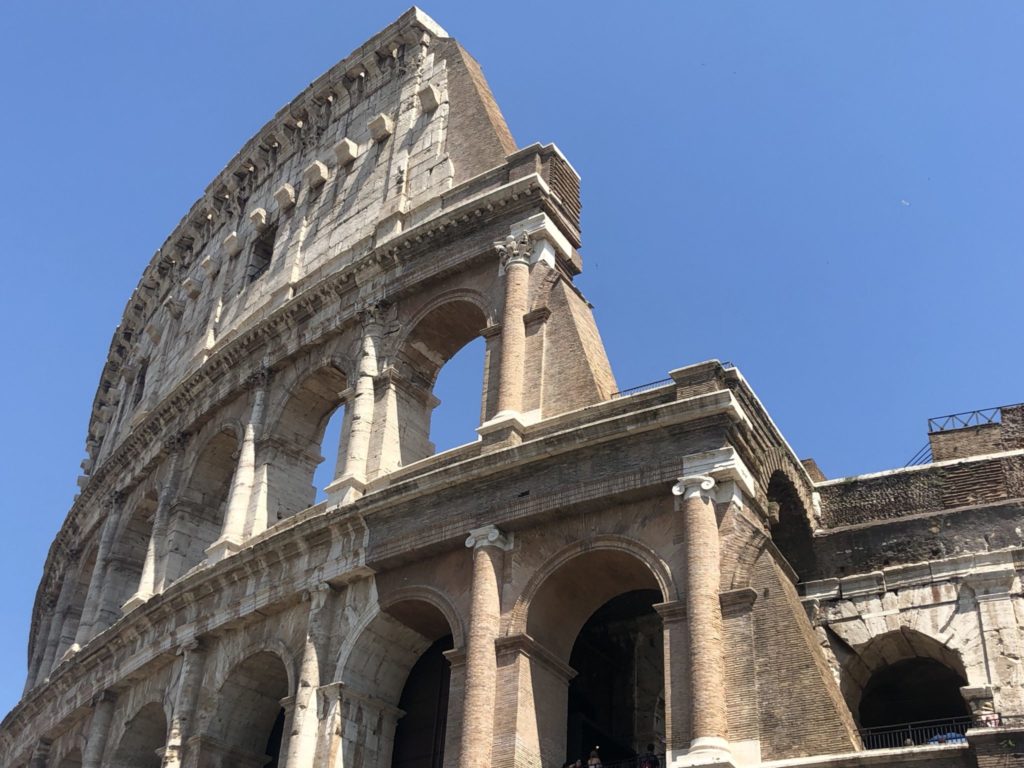
Nowadays the Colosseum is, with Vatican City, Rome’s greatest tourist attraction, visited by 6 million tourists each year, and is one of the Seven Wonders of the Modern World.
We have booked our Ancient Rome Tour via Viator who offers many interesting Rome tours, check out this link. Despite our “skip the line” tour tickets, the queue is very long to gain access. Be warned, there’s also a long wait for the restrooms…
We walk around several levels of the Amphitheatre trying to find best vantage view point to admire the beautiful structure. I can’t help but imagine how it was in the ancient time, the excitement of the spectators at the sight of exotic animals being displayed, or their cheers during gladiators fights…
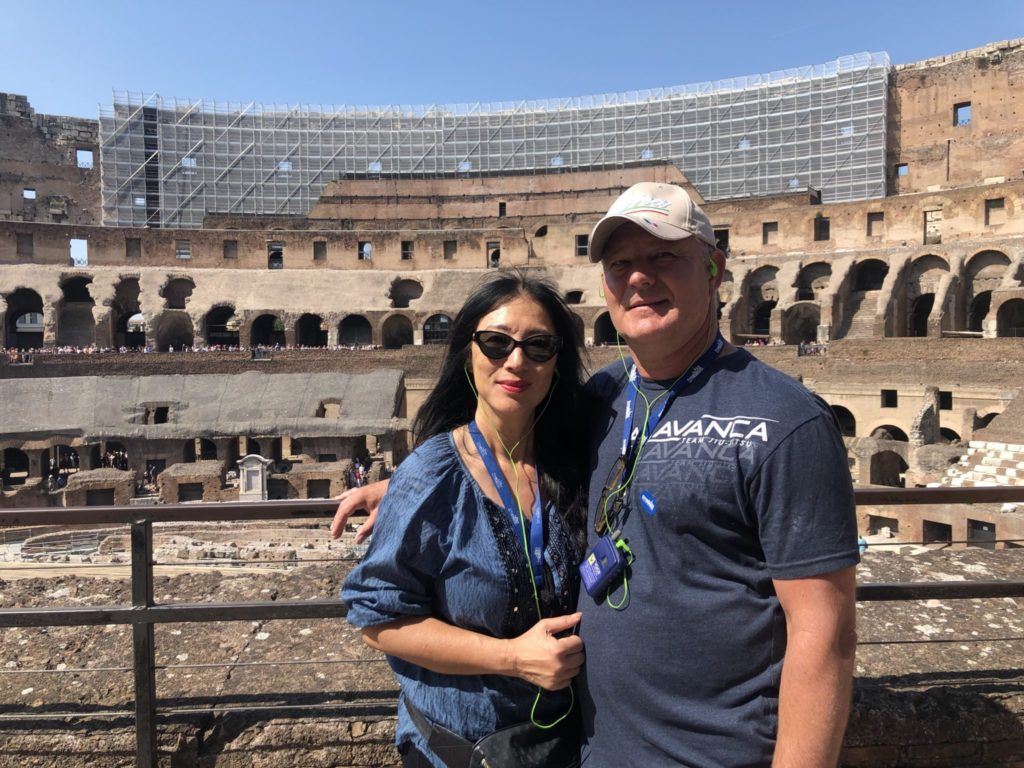
Rome Tours: The Roman Forum
From the Colosseum, it’s a short walk to the Roman Forum where public meetings, law courts and gladiators fights took place. Back then, the Forum was also filled with shops and open-air markets and became a centre for religious and secular ceremonies. There are so many temples and monuments that I will only name a few that have stuck in my mind…
Basilica Fulvia
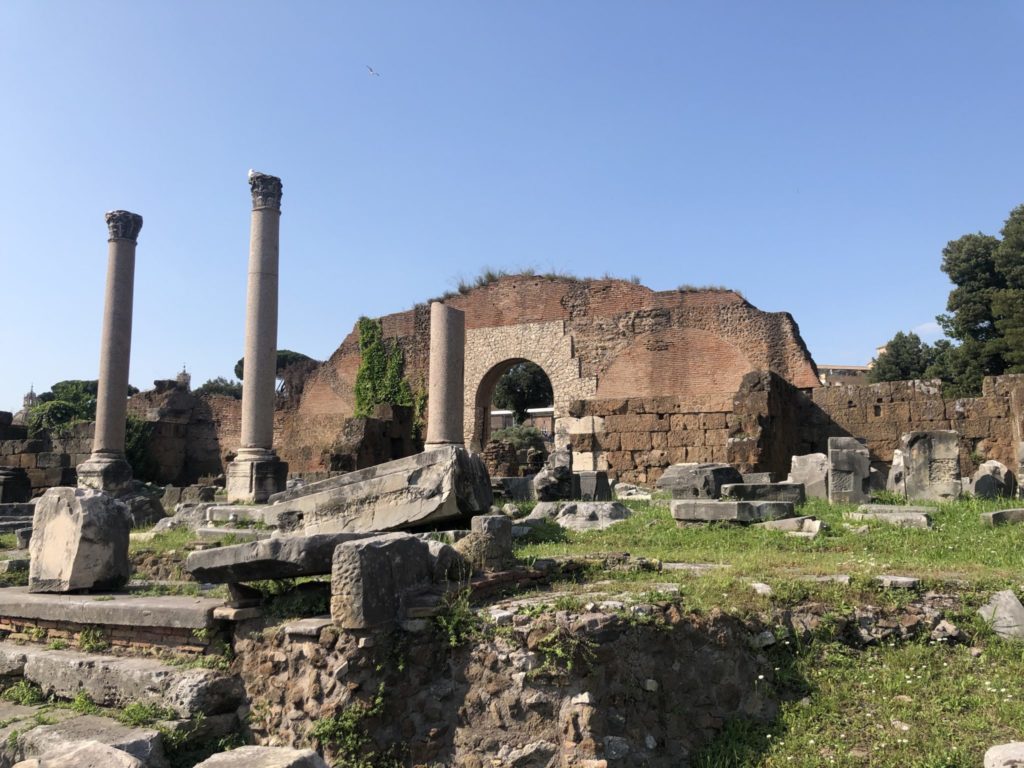
The basilica was built in 179 B.C. and has been renovated and changed hands several times. It was originally called Basilica Fulvia, then Basilica Paulli or now more commonly known as Basilica Aemilia.
As a luxurious public building with imposing architecture and marble columns, the Basilica Aemilia was mainly used for meetings and trade, money lending and tax collection. It was considered as one of the most beautiful buildings in the Ancient Rome. The basilica was divided into three parts: the portico, the tabernae or inns and the main hall
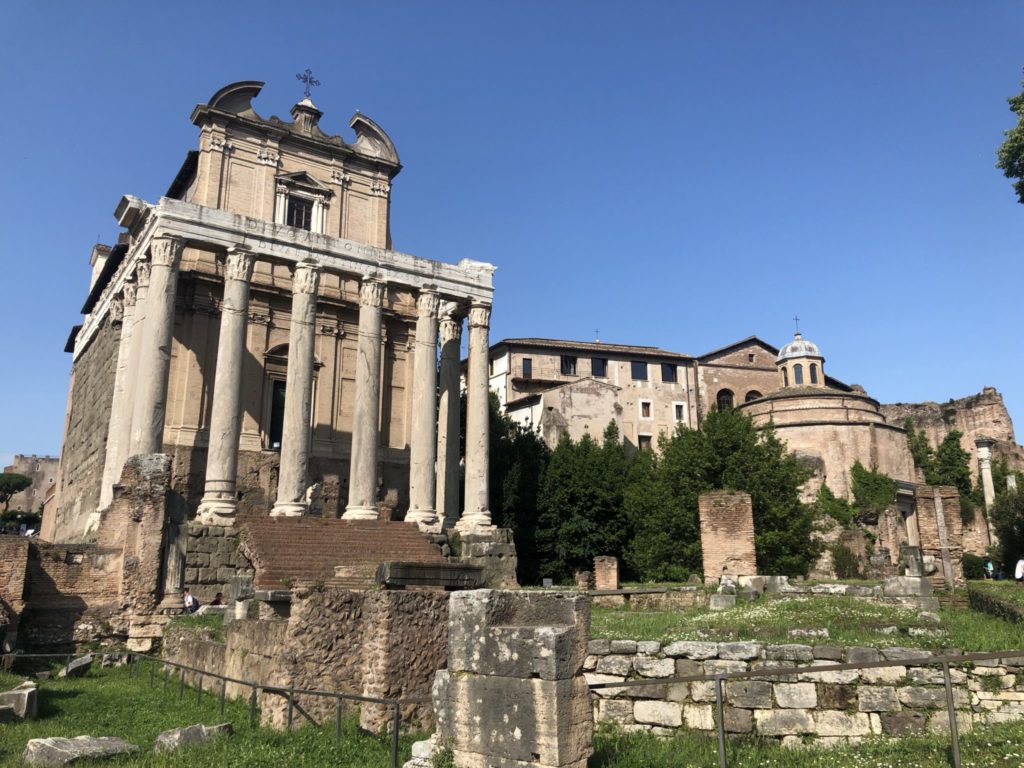
The Temple of Antoninus and Faustina, named to honor the deified empress Faustina and emperor Antoninus, is awe-inspiring. Over the past two millennia, the temple’s appearances have changed dramatically but its original columns and attic have survived. The monument is still used today as a church.
The Forum of Caesar
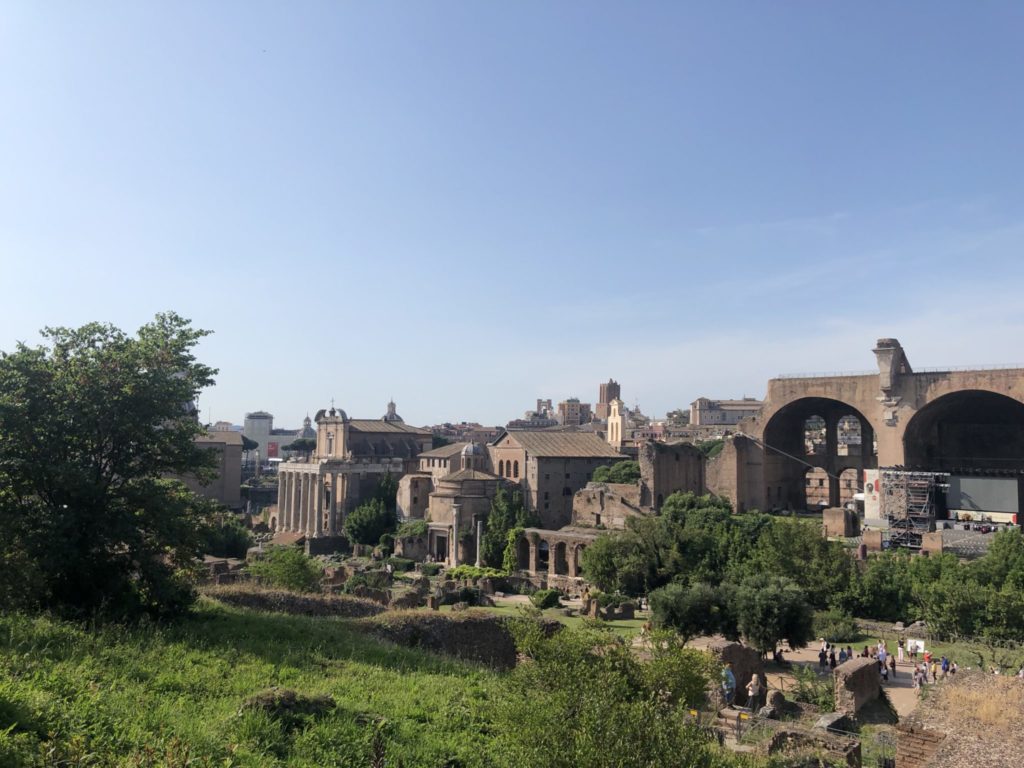
Julius Ceasar built the Forum of Caesar (Foro di Cesare) to host lavish games and activities. Indeed, Caesar had invested staggering funds, showing his personal interest in the project.
Originally, The Forum of Caesar was meant as an expansion of the Forum Romanum but it evolved to be a place for the Senate public business as well as a shrine for Caesar himself.
Before his assassination, Caesar would have the Senate meet him before his temple, which was a very unpopular command.
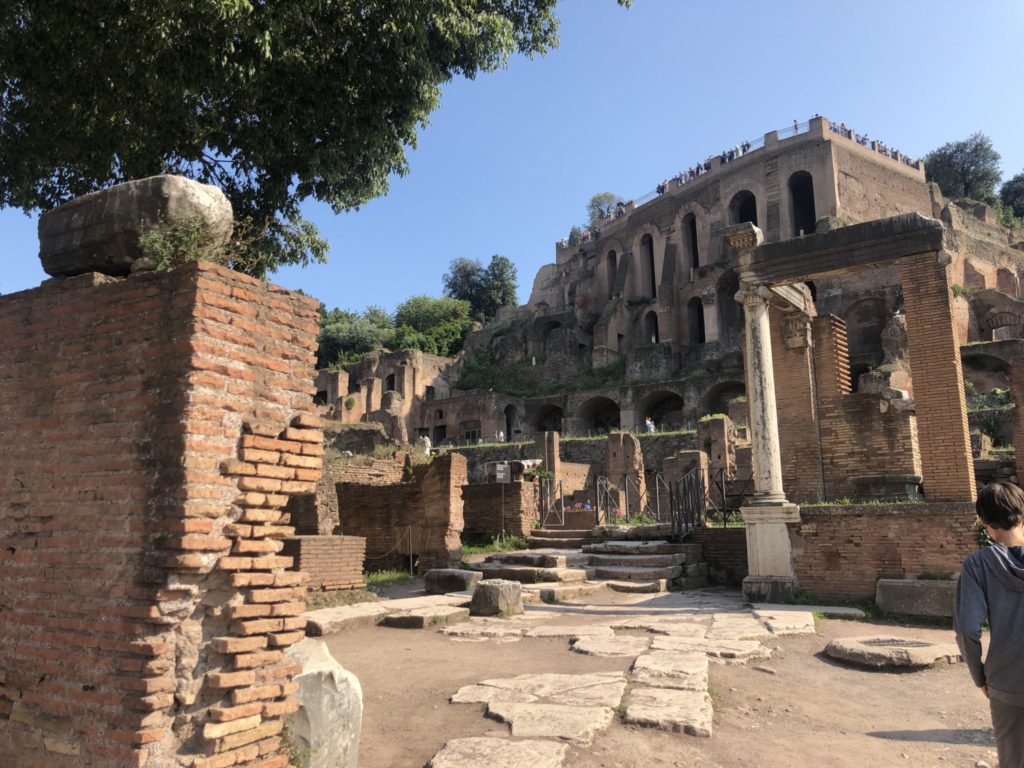
Rome Tours: The Palatine Hill
By the end of the day, you may feel overwhelmed by the rich history of the monuments and temples at the Colosseum and the Roman Forum, and your feet may feel heavy. But you should not miss The Palatine Hill! Most tours operators would offer combined tickets for the Colosseum, Roman Forum and The Palatine, so it would make sense to visit all three on the same day
The leisurely climb is definitely worth it. From atop, you have a panoramic view of the Roman Forum and the Circus Maximus, ruins of palaces, and the temple celebrating Rome’s most important myth – the legend of Romulus and Remus.
The trees in the Farnese Gardens offer some shade among a verdant haven. Even during the peak touristic season, the Palatine seems peaceful and relaxing.
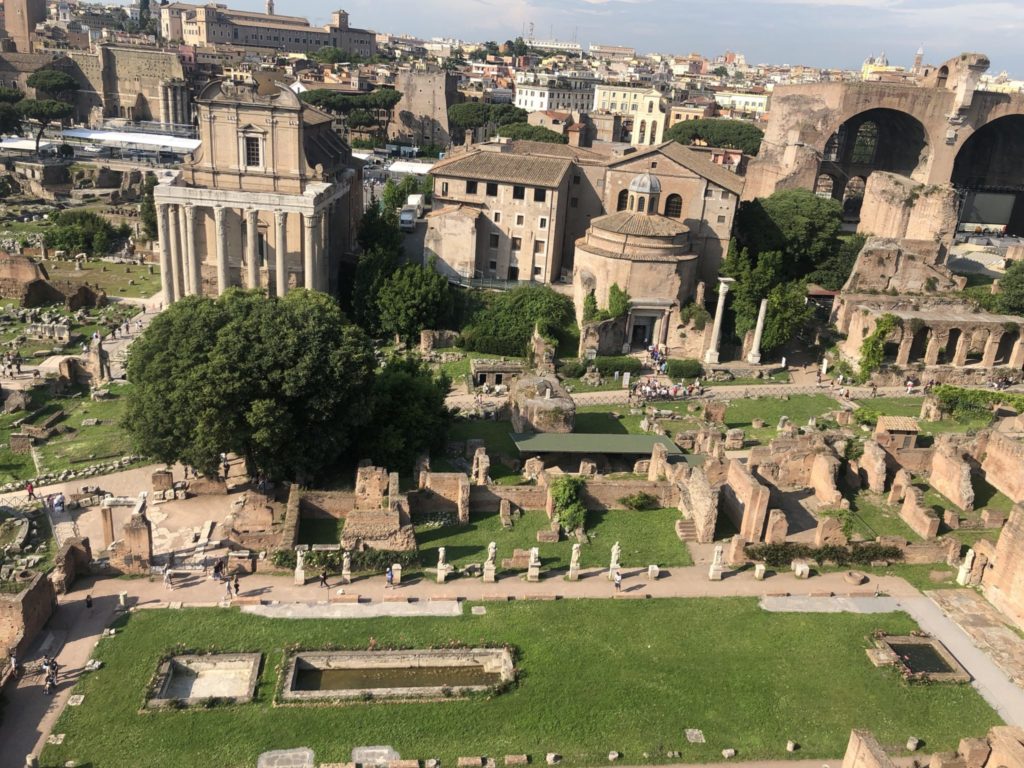
The Palatine is the most famous of Rome’s seven hills and was the top residential area in the ancient time. The Lupercal, the cave where Romulus and Remus were found by the she-wolf, was presumably located there.
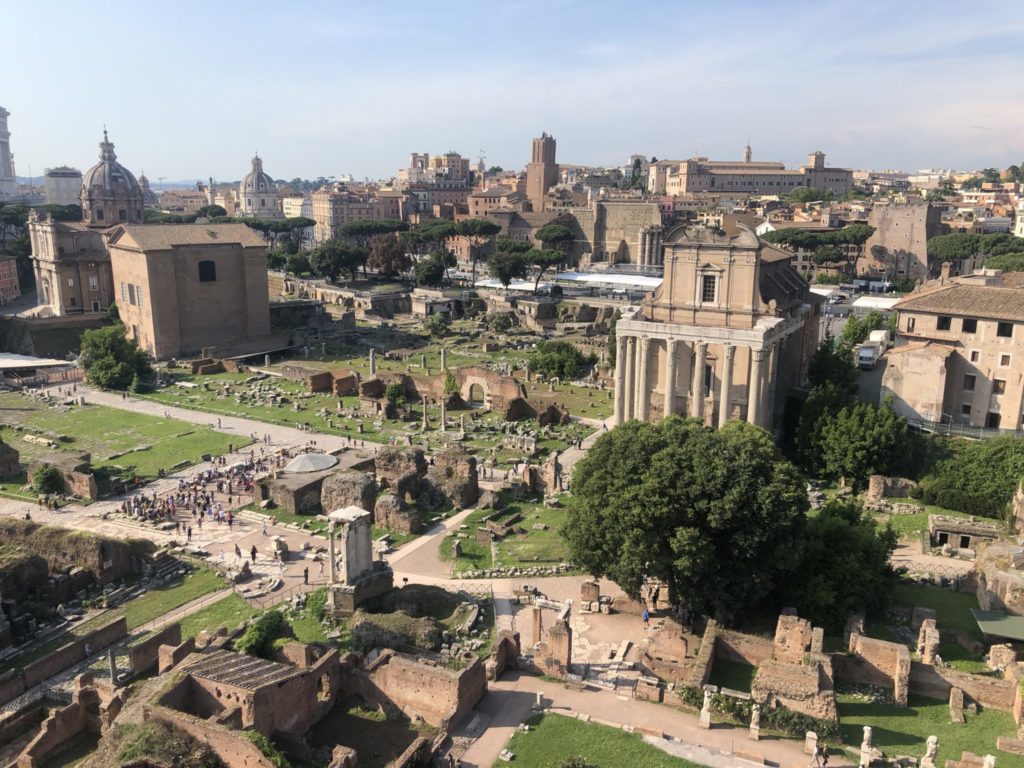
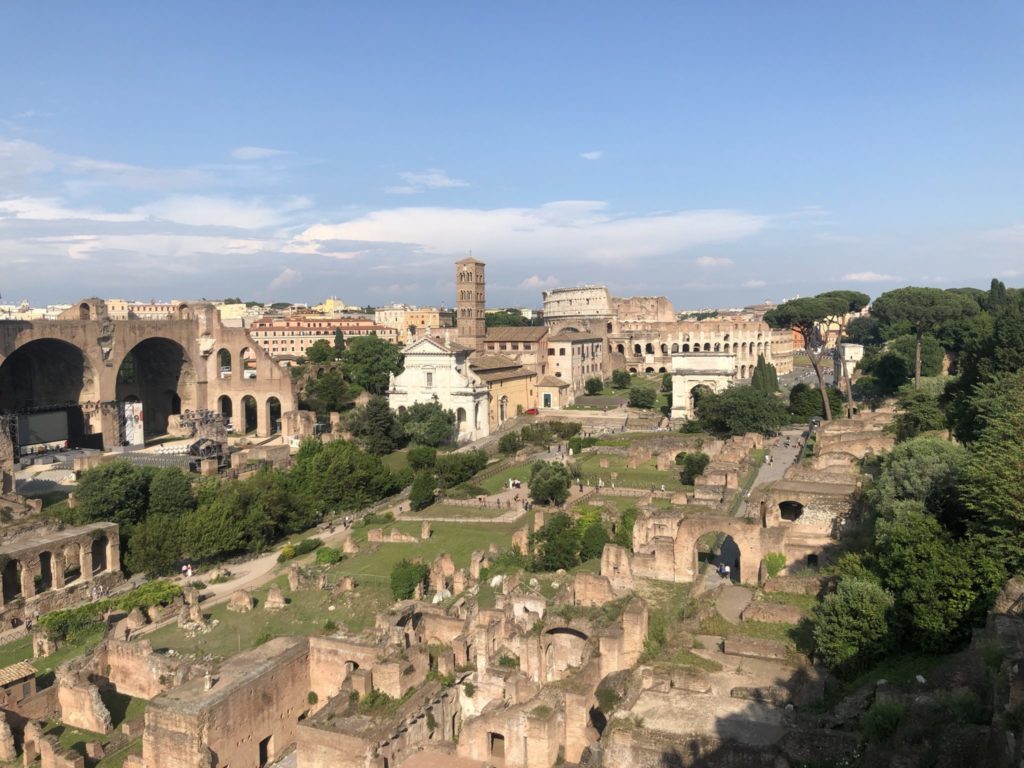
If you are debating which Rome Tours to book, I would highly recommend the Colosseum and Forum tour. And if you’re lucky you could catch the sunset from the top of the Palatine Hill…
Don’t forget to check out my Tuscany Wine Tasting post
We hope you love the products we recommend. Just so you know we may collect a compensation from the affiliate links on this page if you decide to shop from them, at no extra cost to you. Thank you for your support.
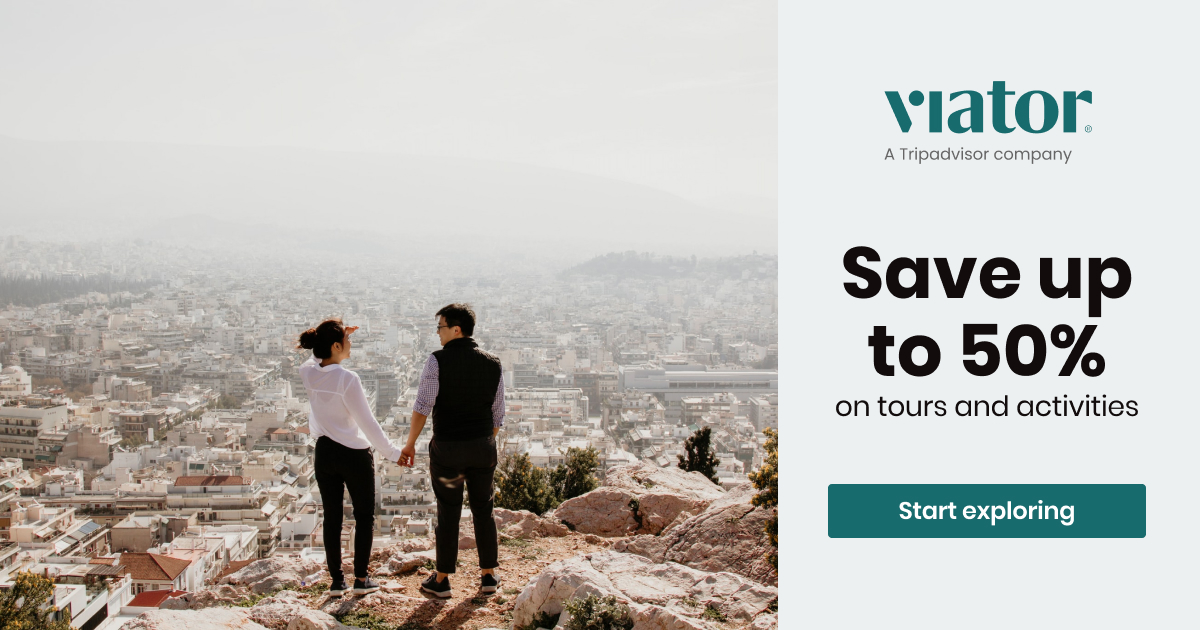

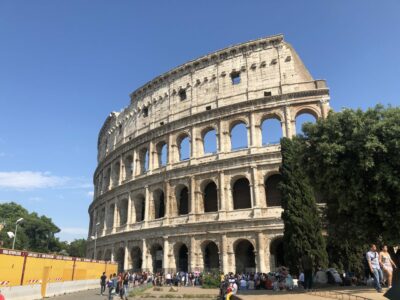








 Tuscany vacation
Tuscany vacation
Leave a Reply